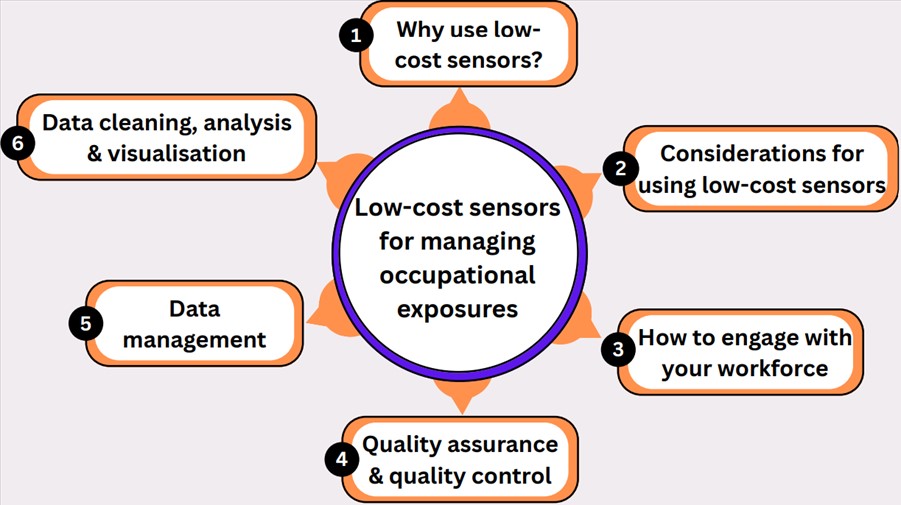Guidance on low-cost sensors for managing occupational exposures
Preventing occupational diseases is crucial for ensuring the health and well-being of workers. These diseases, which can result from prolonged exposure to harmful substances or unsafe working conditions, not only affect the individuals but also lead to significant economic costs due to lost productivity and healthcare expenses. By prioritizing prevention, we can create safer and healthier workplaces, reduce healthcare costs, and improve overall quality of life for workers.
Sensors play a vital role in this preventive approach. They can continuously monitor workplace conditions, detect harmful substances, and provide real-time data on potential hazards. This allows for immediate corrective actions, reducing the risk of exposure and preventing the onset of occupational diseases. By integrating sensors into workplace protocols, we can proactively protect workers and promote a healthier, safer working environment.
Within EPHOR, we have developed comprehensive guidance to facilitate the correct implementation of these devices in the workplace. We have created six concise documents addressing six key topics, as illustrated in the figure below. The links to the specific documents can be found below the figure.

1.0
-
Occupational Health Practitioners
-
Interactive